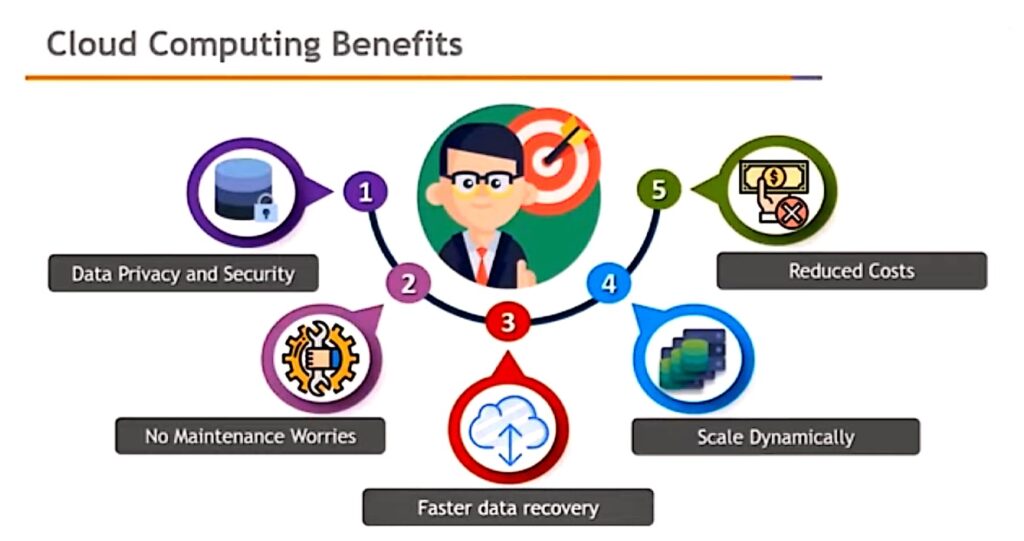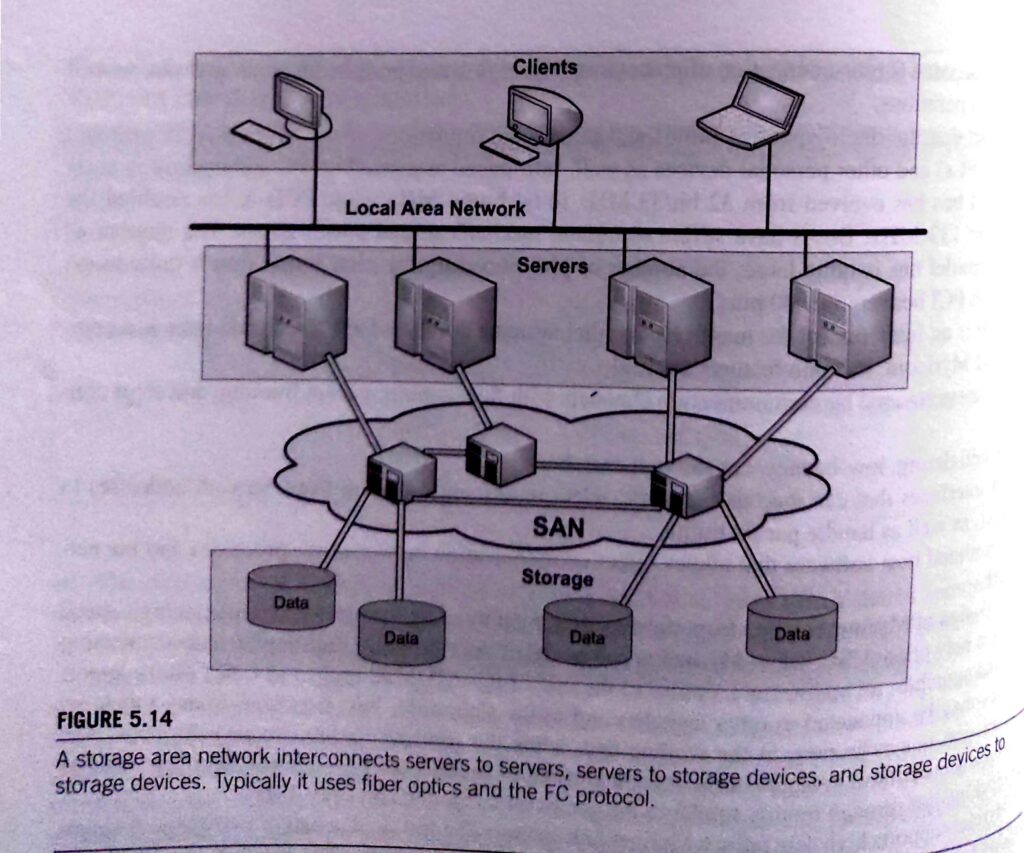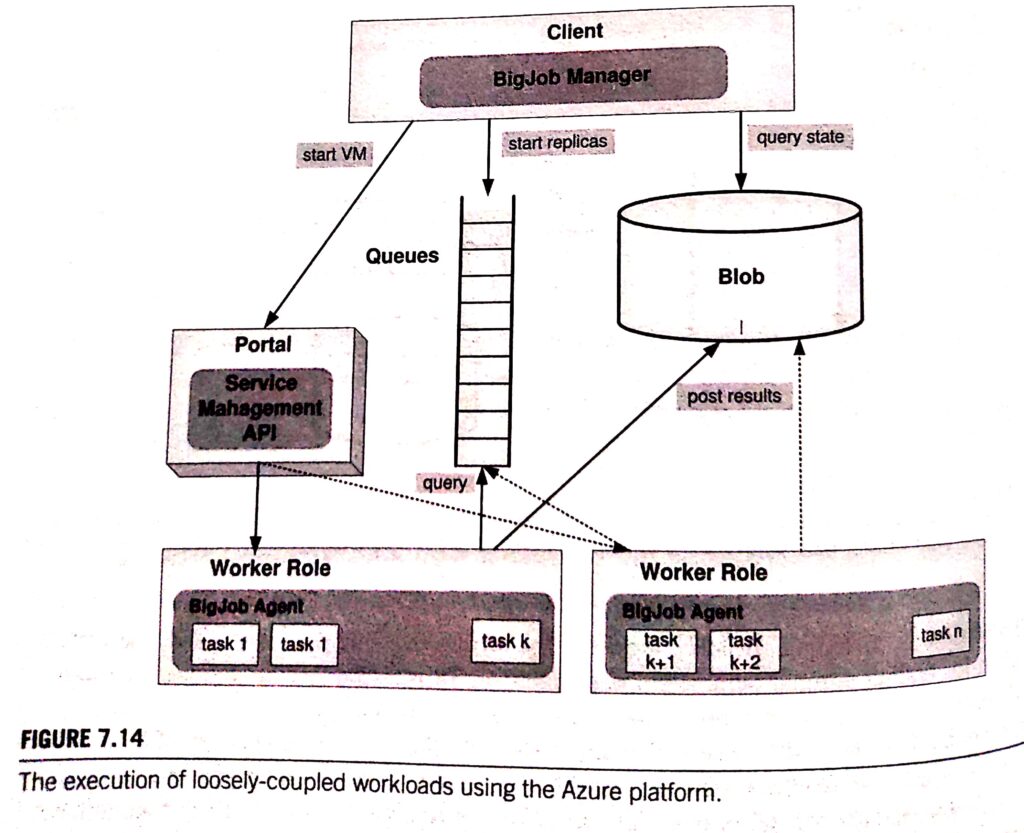Cluster computing is a type of distributed computing where multiple computers are connected so they work together as a single system.
cluster computing
The term “cluster” refers to the network of linked computer systems programmed to perform the same task.

In cluster computing these clusters work together to perform complex tasks, provide high availability, and improve processing power.
Computing clusters typically consist of servers, workstations and personal computers (PCs) that communicate over a local area network (LAN) or a wide area network (WAN).

Types of Clusters:
1. High-Performance Computing (HPC) Clusters:
Designed for intensive computational tasks that require a significant amount of processing power.
Commonly used in scientific research, simulations, and large-scale data processing.
2. High Availability (HA) Clusters or Failover Clusters:
Focused on providing continuous availability of applications and services.
These clusters are designed to handle failures and ensure that applications remain accessible even in the event of hardware or software failures.
3. Load-Balancing Clusters:
Distribute incoming network traffic across multiple servers to ensure no single server is overwhelmed.
Commonly used in web hosting environments to manage traffic and improve responsiveness.
4 .Distributed& Parallel processing Clusters :
This cluster model boosts availability and implementation for applications that have huge computational tasks.
A large computational task has been divided into smaller tasks and distributed across the stations.
Example:

Such clusters are generally used for numerical computing or financial analysis that needs high processing power.
Benefits of Cluster Computing in Cloud Computing:
1. Scalability:
Cloud-based clusters can easily scale by adding or removing nodes as needed.
This dynamic scalability is ideal for handling varying workloads in cloud environments.
2. Cost Efficiency:
Users pay for the resources they use, avoiding the need for significant upfront investments in hardware.
Cloud providers often offer discounts or cost-saving options for long-term usage or reserved instances.
3. Flexibility:
Cluster computing in the cloud allows organizations to deploy and manage clusters without the need for physical infrastructure.
4. Resource Optimization:
Clusters optimize the use of resources by distributing workloads across multiple nodes. This ensures efficient utilization of computational power and storage, reducing waste.
5. Reliability and Availability:
Cloud providers offer high availability and redundancy, ensuring that clusters remain operational even in the event of hardware failures.
Clusters in the cloud benefit from the provider’s robust infrastructure and fault tolerance mechanisms.
Other courses
